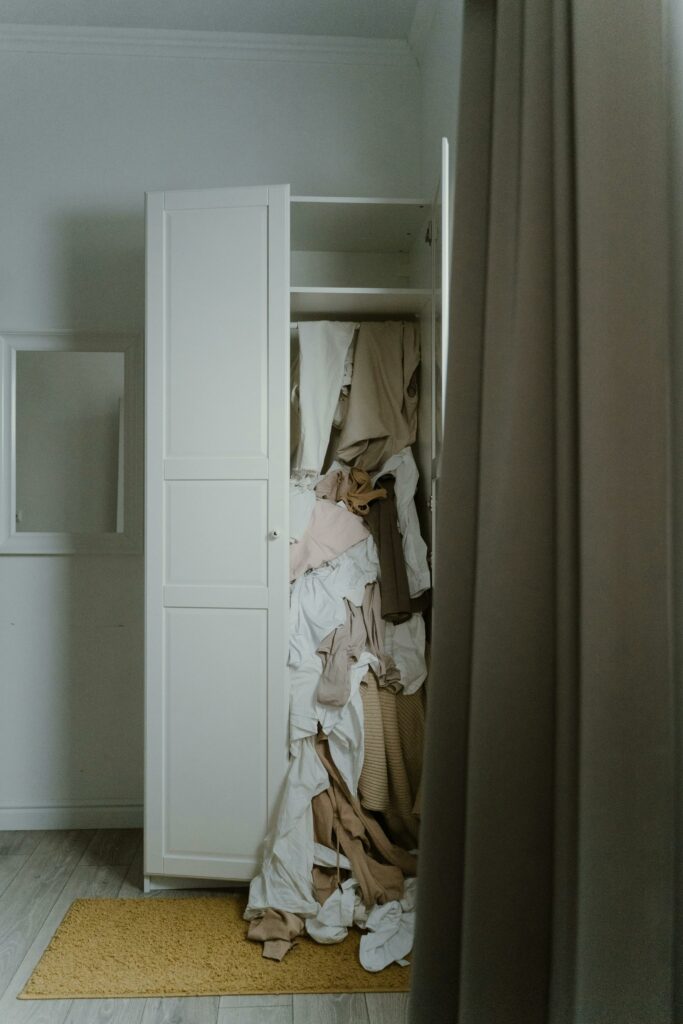
Photo by Ron Lach
Clutter can accumulate anywhere in a home. But where are the biggest clutter zones? This post takes a look at the top 10 most cluttered areas in the average home and what you can do to reduce this clutter.
10) Bathroom
There’s typically not as much stuff that needs to be stored in a bathroom as in other rooms. However, due to less storage space, many bathrooms still get cluttered. It’s worth regularly going through toiletries and getting rid of anything you don’t use. You should also consider new storage solutions if the side of your bath or window sills are covered in items. Options could include cabinets, shelves or suction caddies that you can stick onto tiles without the need for screws.
9) Living room
Living rooms can vary in tidiness. Some of us are able to keep these spaces very minimals, while others have all kinds of ornaments and trinkets. There are lots of clever ways to contain living room clutter. Ottomans can be great storage units for various living room objects while also serving as footstools. You can also buy couches with in-built storage. Just remember that these are methods of concealing clutter – not necessarily reducing it. Taking the time to get rid of unnecessary ornaments is important. Consider that certain things may be possible to digitize – if you want to reduce the amount of photographs in your living room, but don’t want to get rid of them, consider a digital photo frame that can play a slideshow of various photos.
8) Under the bed
The bedroom can be one of the most cluttered areas of a home, but there are different areas of the bedroom worth focusing on separately. The first area to focus on is the space under your bed. Many of us have raised beds with space underneath that is used for hiding away everything from books to old clothes. Take the time to go through this clutter so that you’re not continuously stuffing things under your bed. Some beds have storage compartments underneath, while these can help to hide clutter, it’s still worth going through them occasionally.
7) Hallway
The main sources of clutter in a hallway are shoes and coats. To avoid piles of shoes on the floor and masses of coats on the bannister, consider buying a decent shoe rack and think about installing some coat hooks. The perfect solution for containing this clutter is a closet. Some people have space under the stairs that they can convert into a mini cloakroom. In other cases, it may be possible to install a closet next to the door.
6) Kitchen cupboards
Most of the clutter in a kitchen is hidden away in cabinets. It’s worth sorting through occasionally – especially if you’ve found yourself running out of space to put new food or kitchenware. A popular source of clutter is mugs. Many of us have as much as 20 mugs. When are you going to invite 20 people over for tea? Start by culling cups and mugs. Then consider other excess kitchenware. As for food, avoid collecting tinned food. While such food can have a long expiry date, it doesn’t last forever. Get rid of any canned foods that have expired and consume any that are nearing their expiry date.
5) Kids toy boxes
Your kids may not like it, but occasionally you have to throw out old toys. If you don’t, toy boxes will eventually start to overflow. Once per year, get rid of toys that are broken or that your child never plays with anymore. Toys in good condition could be taken to a charity shop or may even be possible to sell. Use this opportunity to also sort toys. This could include collecting up stray lego bricks and Barbie accessories and storing them in their own places. Encourage kids to keep to this system, putting items away where they belong. You could even use labels on boxes.
4) Bedroom wardrobe
Most of us have very messy wardrobes containing clothes that we haven’t worn for years. Once you run out of railing and shelf space and you start creating piles of clothes, it’s a sign that you need to sort through your clothes. Be realistic about what you’re actually going to wear again and think about what you actually need. Do you need 15 swimsuits? Do you need 20 ties? Aim to fill a couple bags with clothing and take this clothing to a charity shop. It may even motivate you to cull your clothing further and create a capsule wardrobe.
3) Garden shed
Garden sheds are often used to hide all kinds of outdoor equipment – including garden tools and seasonal furniture. Some of us also use them to store items from the house or inherited belongings that we couldn’t find room for indoors. Eventually every shed reaches a bursting point and needs to be tackled. Schedule a day in the summer to go through your shed and get rid of anything you no longer need.
2) Garage
Not everyone is lucky enough to have a garage. Those of us who do have one often don’t use it for storing our car – instead turning it into a landfill site for all the things we don’t know what to do with. As a result, garages end up becoming one of the most cluttered spaces in our home. Take the time to tidy your garage by adding shelves and categorizing items. This could help to turn your garage into a more organized storage space. Alternatively, you could consider giving your garage a new purpose. What if it could be turned into an additional bedroom? Or a home office? Or a home gym? This will require more aggressive decluttering, but could be worthwhile if all the stuff in your garage is just gathering dust.
1) Loft
The most cluttered room in the home is almost always the loft. While certain items stored here like suitcases and Christmas decorations may occasionally come out, most of the stuff stored in our loft is shoved up there and forgotten about. A lot of it may be sentimental, but what is the point of keeping onto it if you haven’t looked at it in 5 years? Decluttering a loft could be a chance to turn this space into an extra living space or a bedroom (this post offers more information on how to carry out a loft conversion). While it won’t be easy sorting through all that stuff in your loft, it could be ultimately rewarding. Ask a friend or family member to help and consider taking photos of sentimental objects so that you feel more comfortable letting them go.


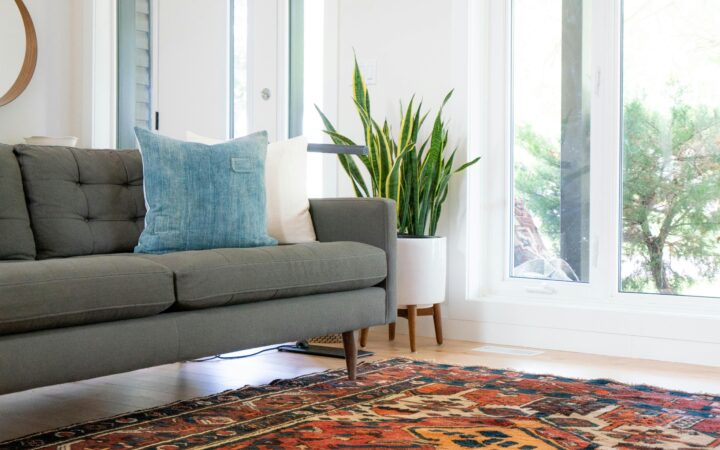

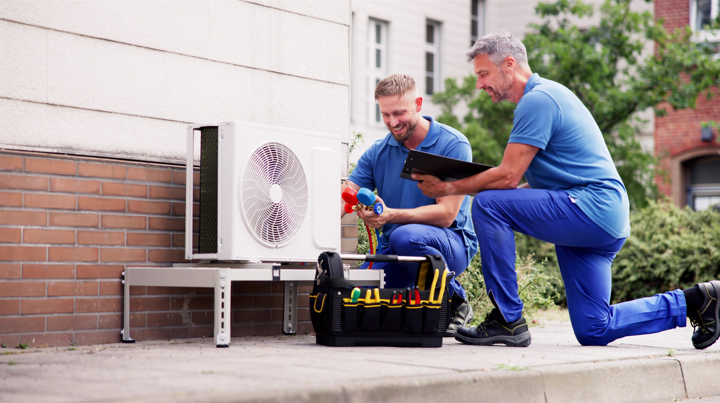

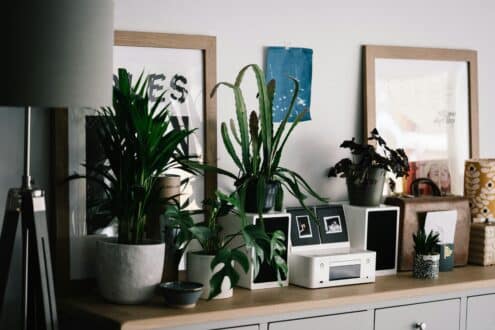

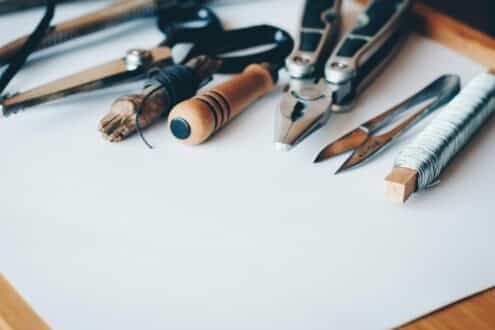

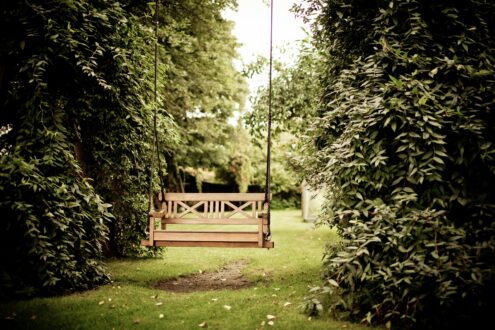
Leave a Reply